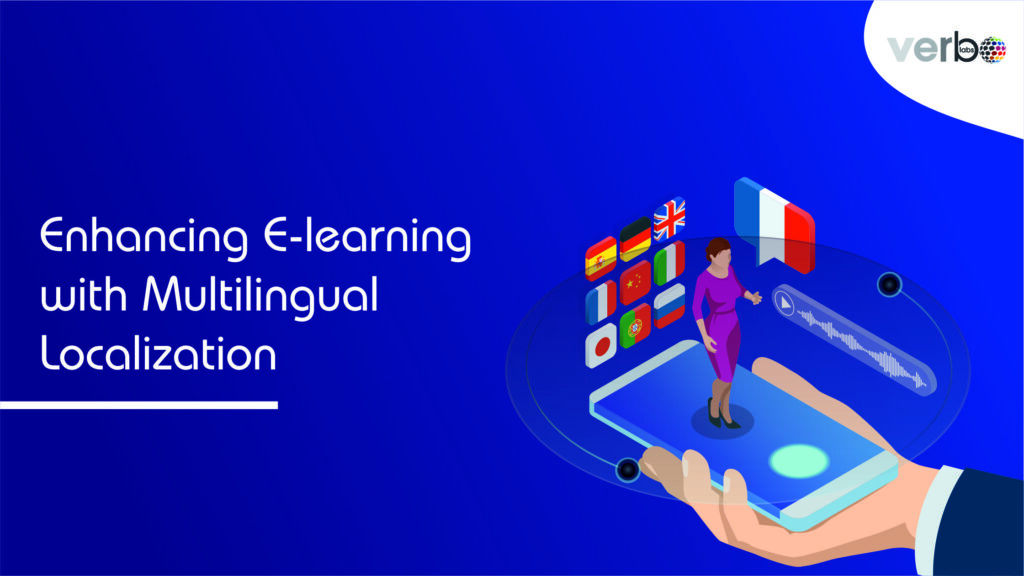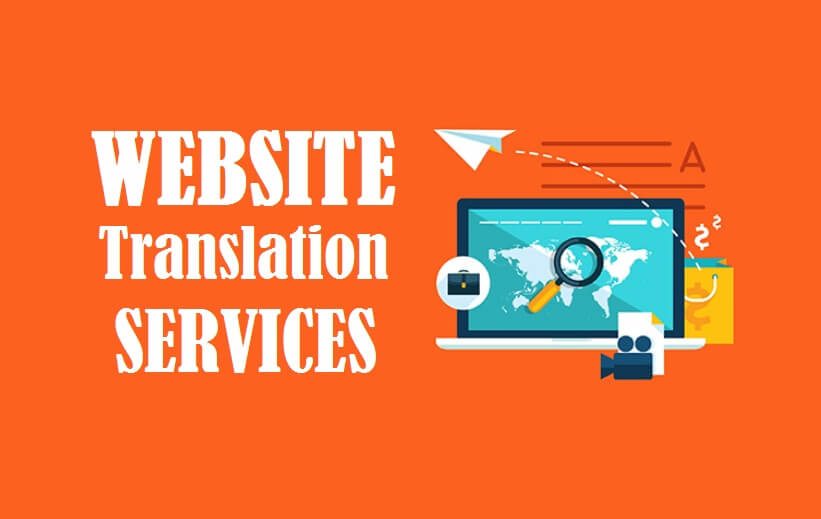In today’s interconnected world, e-learning has revolutionized how we access and acquire knowledge. With the advent of online courses, educational platforms, and training programs, learning has become more accessible and flexible than ever before. However, despite the convenience and effectiveness of e-learning, a critical aspect often gets overlooked — language barriers. This is where e-learning localization service saves the day.
Imagine being passionate about a subject, eager to delve into a course that promises to expand your horizon, only to be deterred by the language in which it is presented. Language should never be a barrier to learning but a tool, and that’s where the power of professional translation services comes into play.
Multilingual localization is the key to unlocking the full potential of e-learning by ensuring that educational content transcends linguistic boundaries and resonates with learners from diverse backgrounds. It involves not just a simple translation of words but a comprehensive adaptation that considers linguistic peculiarities, cultural nuances, and contextual factors.
In this article, we will explore the fascinating world of multilingual localization and its profound impact on enhancing e-learning. We will delve into the benefits it brings, the strategies involved, and the remarkable outcomes it can achieve.
Why is multilingual localization crucial in e-learning? The answer lies in the power of language itself. Language is not merely a tool for communication; it is deeply intertwined with culture, identity, and understanding. When learners are presented with content in their native language, it creates a sense of familiarity and comfort, allowing them to engage with the material thoroughly. It eliminates the cognitive load of deciphering a foreign language and enables learners to focus on comprehending and internalizing the presented knowledge.
But professional translation services go beyond just language. It embraces the richness of cultural diversity and tailors the educational experience to suit the specific needs and preferences of different communities. Transcription also plays a huge role here since the receiver needs to effectively decode the message the way it was intended, this is why it is crucial to understand what is the role of transcription in e-learning. It considers the subtleties of cultural norms, customs, and references, ensuring the content is linguistically accurate and culturally relevant.
In addition, multilingual localization profoundly impacts the reputation and brand recognition of educational institutions and platforms. By demonstrating a commitment to serving diverse learners, organizations establish themselves as leaders in the field, fostering trust and loyalty among their user base.
What is multilingual localization?
Multilingual localization is the process of adapting e-learning content from one language to another, considering linguistic, cultural, and contextual factors. It goes beyond simple translation by ensuring the localized content is culturally relevant, engaging, and meaningful to the target audience. Multilingual localization involves not only translating the text but also adapting images, audio, video, and interactive elements to suit the target language and culture.
Benefits of multilingual localization in e-learning:
Access and Reach: By localizing e-learning content into multiple languages, like Hindi dubbing, educational organizations and platforms can reach a wider audience globally. This allows learners from diverse linguistic backgrounds to access and benefit from the educational material, promoting inclusivity and diversity in education.
Improved Learning Experience:
Localization enables learners to engage with the content in their native language, facilitating better understanding and comprehension. App translation service eliminates language barriers and allows learners to focus on the subject rather than struggle with a foreign language. This ultimately enhances the overall learning experience and improves knowledge retention.
Cultural Relevance:
Localization takes into account cultural nuances, preferences, and sensitivities. It ensures that the content is adapted to the cultural context of the target audience, making it relatable and meaningful. This includes using culturally appropriate examples, references, and scenarios that resonate with the learners.
Increased Engagement:
Localized e-learning content is more engaging and interactive for learners. It allows them to connect with the material deeper, resulting in higher motivation and active participation. Localization can include adapting images, videos, and interactive elements to reflect the target culture, making the learning experience more immersive and enjoyable.
Brand Recognition and Reputation:
Effective multilingual localization through professional translation services demonstrates a commitment to serving diverse learners and can enhance the brand reputation of educational institutions and platforms. It showcases an understanding and respect for different cultures, which can foster trust and loyalty among learners, leading to increased brand recognition and positive word-of-mouth.
Strategies for effective multilingual localization:
Content Analysis and Planning:
Before beginning the localization process, it is essential to conduct a thorough analysis of the e-learning content. This involves identifying cultural references, idioms, and language-specific elements that may require adaptation. Planning the localization process, including selecting target languages, establishing timelines, and allocating resources, is also crucial.
Translation and Localization:
Professional translation is a fundamental component of multilingual localization. Skilled translators with subject matter expertise and knowledge of the target language and culture are essential. Translators should not only translate the text accurately but also adapt it to suit the cultural context, maintaining consistency and coherence throughout the content.
Cultural Adaptation:
Cultural adaptation involves modifying content to align with the cultural norms, practices, and preferences of the target audience. This can include replacing culturally specific examples, adjusting visuals and graphics, and adapting instructional approaches to suit the cultural learning style.
Quality Assurance:
Rigorous quality assurance processes are essential to ensure the accuracy, consistency, and functionality of localized e-learning content. This includes thorough proofreading, linguistic validation, and functional testing to verify that the content works effectively in the target language and platform.
User Testing and Feedback:
User testing plays a vital role in evaluating the effectiveness of localized e-learning content. Gathering feedback from representative users allows for further refinement and improvement. User feedback can provide valuable insights into cultural appropriateness, comprehension, and user experience.
Final Words
Multilingual localization is a crucial factor in enhancing e-learning and making educational content accessible and meaningful to learners worldwide. By adapting e-learning materials to the linguistic and cultural context of the target audience, organizations and platforms can expand their reach, improve the learning experience, and promote inclusivity. A translation agency does multilingual localization that goes beyond translation and considers cultural relevance, engagement, and user experience.
The benefits of multilingual localization in e-learning are significant. It allows learners to access educational content in their native language, eliminating language barriers and improving comprehension. Localization ensures the content is culturally relevant, making it relatable and meaningful to learners from different backgrounds. This fosters better engagement, motivation, and knowledge retention. Additionally, effective multilingual localization demonstrates a commitment to diversity, enhancing brand reputation and recognition.
To implement successful multilingual localization, thorough content analysis and planning are crucial. Professional translation, cultural adaptation, quality assurance, and user testing are integral to the localization process. By following these strategies, e-learning platforms can ensure that localized content is accurate, culturally appropriate, and functional for the target audience.
In conclusion, multilingual localization is vital in enhancing e-learning by breaking language barriers, promoting cultural relevance, and improving user engagement. By embracing multilingualism and investing in localization efforts, Verbolabs provides certified translation services to institutions and platforms. It considers the growth of e-learning and need for translation, and it is reflected in the work done. The main aim is to create a genuinely inclusive and impactful learning experience for learners worldwide.



